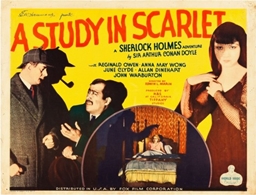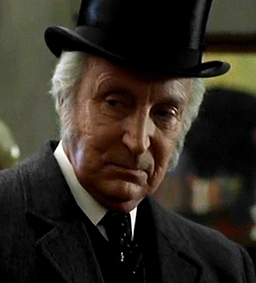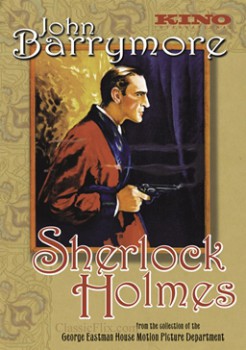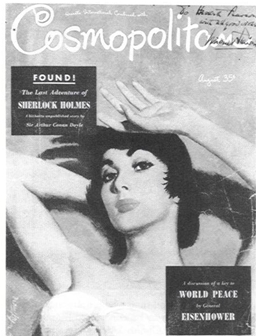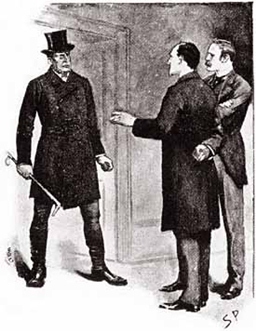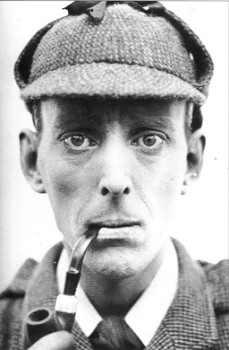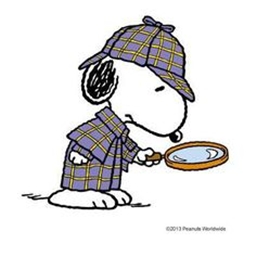The Public Life of Sherlock Holmes: An Index (So Far)
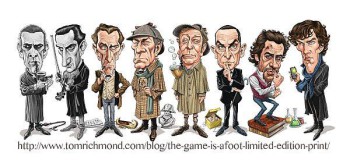
Surprisingly, The Public Life of Sherlock Holmes has now made it to thirty posts. While I’m sure the dedicated reader types ‘Public Life of Sherlock Holmes’ in the search field to call up all the posts in the series, I said to myself (I talk to myself a lot), “Bob, there’s got to be an easier way for someone to bask in the entirety of your writings so far.”
And there is! Below is an index with links to all the posts, followed by some topics likely to come.
Sherlock Holmes/Sir Arthur Conan Doyle
The Public Life of Sherlock Holmes – Introduction to the column (rather unoriginal title, eh?)
Lord of Misrule – Christopher Lee as the great detective
The Case of the Short Lived Sherlock – One of my favorite Holmes’, Ian Richardson
Creation to Death and Back – A good intro to Holmes, focusing on Doyle’s love-hate (minus the love) relationship with his most famous creation
